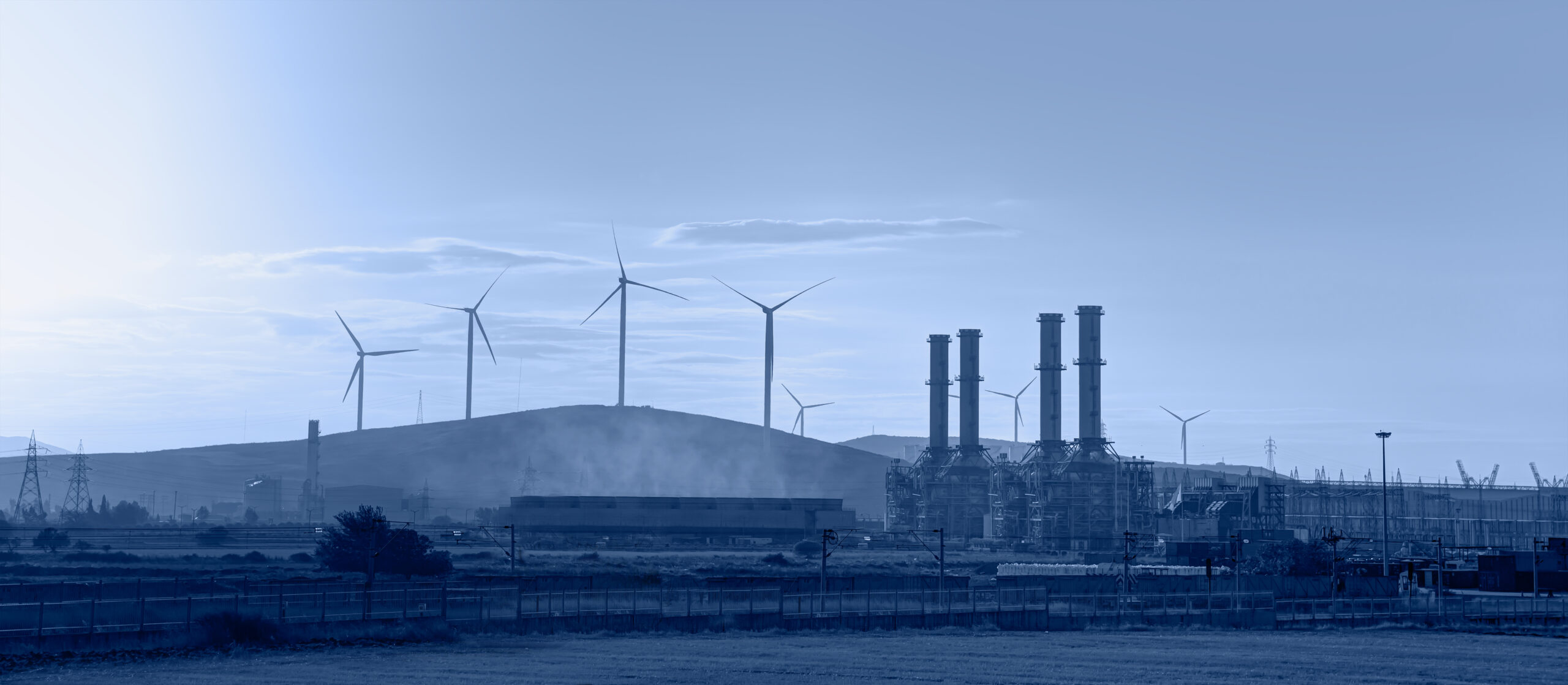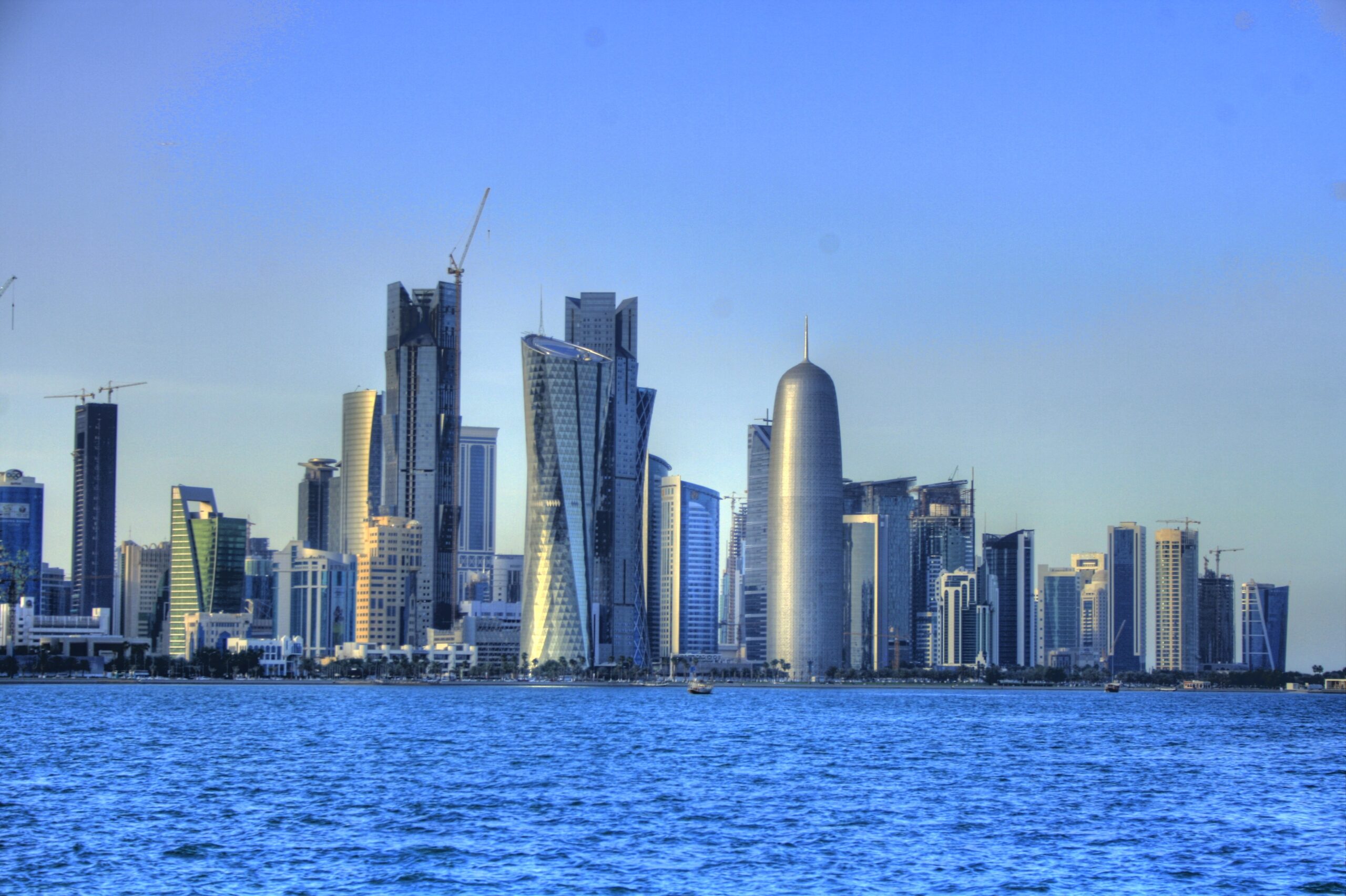Green hydrogen in SE Asia faces big hurdles
Southeast Asia, home to the 10-member Association of Southeast Asian Nations block, is playing catch-up in green hydrogen development. Other than Singapore, no members have included it in their respective energy policies, according to a recent report.

As several major European countries, and now the US under the Biden Administration, invest heavily in green hydrogen infrastructure and development, much of the Asia-Pacific region is lagging behind.
But that’s not to say all – Japan, the world’s third largest economy and one of the largest hydrocarbon importers, in addition to South Korea, are both developing significant green hydrogen footprints.
Japan is the first Asian country to adopt a basic hydrogen strategy to ensure that its production will reach cost parity with fossil fuels along with generating electricity over the long-term.
South Korea has also set ambitious targets for clean hydrogen development and usage, seeking to reach 10% of total energy consumption by 2030 and 30% by 2040, according to the country’s Ministry of Trade, Energy and Industry.
China, for its part, trails Japan and South Korea, particularly since Beijing has not included a green hydrogen roadmap in its formal energy plans. However, a number of its state-owned oil and gas majors, including Sinopec Group, the world’s largest oil refining, gas and petrochemical conglomerate, are putting in place ambitious goals for hundreds of green hydrogen refuelling stations across the country.
There are however varying views on when hydrogen should be used. Some claim that its integral to speed up the global energy transition, while others claim that, often citing its lack of fossil-fuel cost parity and lack of economies of scale, it should only be implemented after other alternative energy options, like solar and wind, have been exhausted.
Still others criticize green hydrogen development because it will consume vast amounts of renewable power that could otherwise be used for power production. The International Energy Agency (IEA) estimates that meeting today’s hydrogen demand through water electrolysis would require 3,600 TWh a year, or more than the EU’s entire annual electricity production.
Southeast Asia lags behind
Southeast Asia, home to the 10-member Association of Southeast Asian Nations (ASEAN) block, is overall playing catch-up with the rest of Asia. Other than Singapore, no members have included hydrogen development in their respective energy policies, according to a recent report by The National Bureau of Asian Research (NBR).
In addition, ASEAN members Indonesia, Thailand and Malaysia (the block’s three largest economies) are now in initial research and collaboration stages looking at green hydrogen for their power and industrial sectors, according to an IHS Markit report.
Beni Suryadi, manager at the Jakarta-based ASEAN Centre for Energy, told Gas Outlook that green hydrogen pilot projects have also been identified in these three countries.
Adding to the environmental stakes, much of the region still relies heavily on coal and an increasing amount of imported liquefied natural gas (LNG) for power generation.
The quandary comes as ASEAN economies continue to expand, demanding even more energy to fuel that growth, while at the same time trying to meet their own respective net-zero carbon emissions goals.
The International Monetary Fund (IMF) forecasts that the top five Southeast Asian economies will expand some 5.88% in 2022, even more than the 5.63% projected growth for China.
Green hydrogen is produced by splitting water into hydrogen and oxygen using an electrolyzer fed by renewable power sources and produces no carbon emissions. In contrast, blue hydrogen is produced using natural gas, where carbon emissions are captured and stored (CCS). However, blue hydrogen is not without its critics. A recent report funded by the Park Foundation and Cornell University found that increased use of natural gas to power the carbon capture process resulted in fugitive methane emissions.
“Our analysis assumes that captured carbon dioxide can be stored indefinitely, an optimistic and unproven assumption. Even if true though, the use of blue hydrogen appears difficult to justify on climate grounds,’” the report said.
Both grey and brown hydrogen are produced by burning fossil fuels without using CCS technology, resulting in high CO2 emissions. Grey hydrogen accounts for most of the production today and emits about 9.3kg of CO2 per kg of hydrogen production. Brown hydrogen, for its part, is the most environmentally damaging as both the CO2 and carbon monoxide generated during the process are not recaptured.
Cost parity
The reasons that the region hasn’t joined others in a green hydrogen push are manifold. First, green hydrogen-fossil fuel cost parity is still years or even decades away, depending on whose forecast you use.
The International Renewable Energy Agency (IRENA), and commodities data provider S&P Global Platts, both forecast that it could take another ten years for green hydrogen to compete with the cost of fossil fuel alternatives.
Yan Ning, Head of the Green Catalysis Lab at the National University of Singapore, told Gas Outlook that it could take as long as 15 years to reach green hydrogen-fossil fuel cost parity based on current projections, and even longer in Southeast Asia due to slower development and anticipated large-scale adoption of needed technologies.
Other major hurdles, according to the NBR report, include a trade-off between political and regulatory issues, and lack of access to technology.
Financial hurdles
Suryadi explained that the major hurdle preventing green hydrogen infrastructure development among ASEAN members is financial.
“Hydrogen technology requires intensive capital investment and as most ASEAN members are developing countries, financial terms could hinder its development. The region needs some action plans to encourage green hydrogen development in ASEAN,” he said.
“Governments have to identify the opportunity of providing tax and incentives, as well as stimulating and mobilizing investment from financial institutions and private sectors through various financing instrument schemes,” he added.
“There also needs to be funding allocation for research and development to accelerate technology maturation, pilot projects and feasibility studies.”
To that end, the Asian Development Bank (ADB), which promotes social and economic development in the region, in addition to the World Bank, Japan International Cooperation Agency (JICA), and other major global lenders, could spearhead more green hydrogen investment programmes, in the hope that the private sector would then take more interest.
Yan pointed out that carbon taxes are also a powerful way to encourage green hydrogen infrastructure investment in the region. “Singapore imposed a progressively increasing carbon tax scheme starting at S$5 per ton CO2 in 2019 and will increase it to S$50-80 per ton CO2 by 2030,” he said.
“Another way is to impose regulations. Again, using Singapore as an example, the government has announced that after 2030, no gasoline or diesel fueled cars will be sold in the country.”
However, other ASEAN member states would have a difficult time following Singapore’s lead due to lack of carbon tax initiatives in addition to the cost of totally phasing out new sales of gasoline and diesel burning vehicles.



